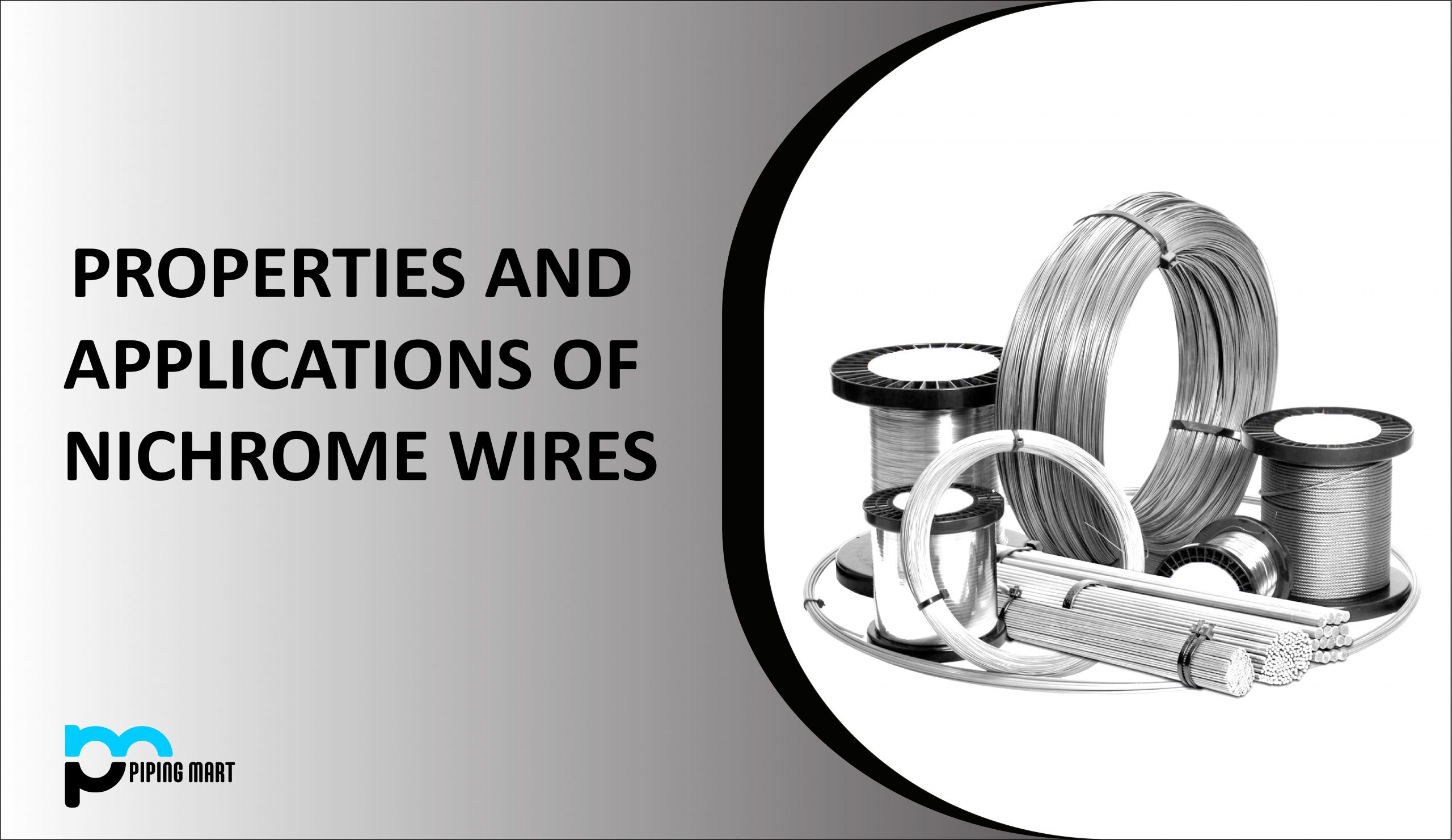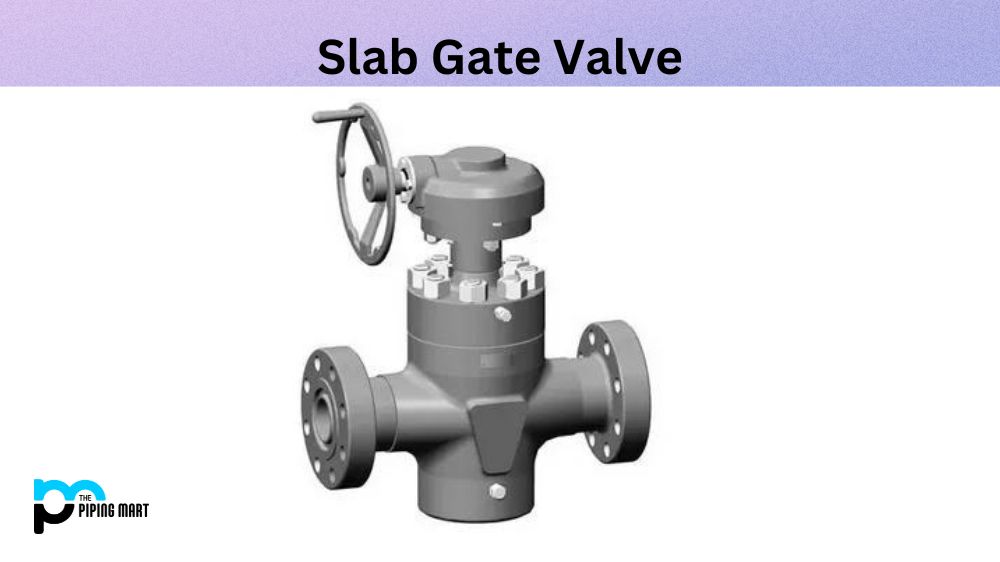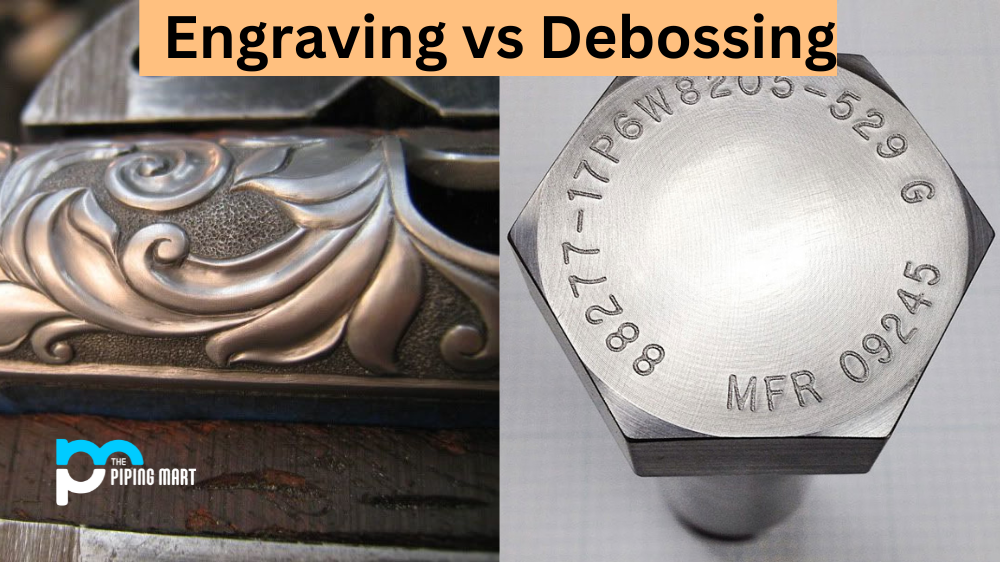Nichrome (NiCr), commonly known as nickel chrome, is an alloy composed of nickel, chromium, and, on rare occasions, iron. A well-known alloy combines 80% Nickel and 20% Chromium. This alloy is known as Nichrome 80/20. It is an excellent conductor, a metal with a substantially higher resistance than other insulators. The most popular application is as a resistance wire in toasters and space heaters, but they are also utilized in some dental restorations (fillings) and a few other applications. However, because its resistivity is substantially higher than that of copper or aluminum, the resistance from this metal is high enough to get a usable value in minimal dimensions. On the other hand, other alloy compositions mix nickel, chromium, and iron in varying amounts.
What is Nichrome Wire?
Nichrome wire is an incredibly useful type of wire that is used in many different electrical devices. Made up of a unique combination of nickel, chromium, and sometimes iron, this wire has a high resistance to electric current and can withstand extremely high temperatures without breaking down. Because of this, it is commonly used in devices like heating elements and electric stovetops, where high levels of heat are necessary. It also has applications in the field of industrial manufacturing and can be found in things like cutting tools and molds. Despite its versatility and usefulness, many people may not have heard of nichrome wire before. However, if you’ve ever used an electric appliance that gets hot, there’s a good chance that this wire was behind its impressive performance.
Nichrome Wire Composition
Have you ever wondered about the composition of nichrome wire? This high-resistance wire, made of nickel and chromium, is widely used for electrical heating elements, such as in toasters and hair dryers. The exact composition of nichrome wire can vary, but the ideal ratio of nickel to chromium is around 80:20. This blend provides a balance of high electrical resistivity and resistance to oxidation at high temperatures. The result is a durable wire that can withstand repeated heating and cooling cycles without degrading. Nichrome wire is a reliable and versatile material that has revolutionized the field of electrical heating.
Nichrome Wire Properties
Nichrome is silvery grey. It is corrosion-resistant and has a melting point of around 1,400 °C (2,550 °F). Nichrome has a specific gravity of 8.4. Nichrome is often wound in coils to specific electrical resistance, and when current is carried through it, Joule heating creates heat. This category includes all resistance wires. They are not poor conductors (that phrase is reserved for insulators) but rather metals with increased resistivity. The typical resistivity of nichrome alloy is roughly 1.30 x 1066ohm metres. Specific heat measures the heat needed to change a substance’s temperature by a particular amount, usually 1 degree. The specific heat for this substance is 450 joule per kilogram per kelvin (Jkg-1K-1).
- Nichrome is an alloy of nickel and chromium, with small amounts of other metals such as iron, manganese, and silicon.
- Nichrome wires have a high resistance to corrosion and oxidation and can be used at high temperatures.
- Nichrome wires are used in a variety of applications, including electrical resistance heating, metallurgical heating, and glass-to-metal seals.
- Nichrome wires are available in a variety of sizes and shapes, including round, flat, and ribbon.
- Nichrome wires can be coated with a variety of materials, such as insulation or enamel.
Nichrome Wires Uses
Almost any conductive wire may be used to generate heat. However, most metals conduct electricity effectively, necessitating the formation of weak and delicate wires to provide enough resistance.
- In the industries of explosives and fireworks, nichrome is commonly used. In the explosives and fireworks industries, it serves as a bridge wire in electric ignition systems like electric matches and model rocket igniters.
- Hobby Hot-wire foam cutters used in industries employ nichrome wire.
- Nickel, chromium, and iron are the major ingredients in nichrome wire, a non-magnetic alloy. It is frequently used in ceramics as an inner support structure to help different clay sculpture components keep their shape while still being flexible. It also has good ductility and weldability after usage.
- When clay work is fired in a kiln, nichrome wire is used to withstand high temperatures.
- In order to identify cations like sodium, potassium, copper, calcium, and other elements, a Nichrome wire can be used in place of the platinum wire during flame testing.

Pipingmart is B2B portal specializes in industrial, metal and piping products. Also, share latest information and news related to products, materials and different types grades to help business dealing in this industry.




